Chances are when you think of funk music you don’t immediately think of the guitar. Perhaps you recall the thump of the bass, the siren call of the horn stabs, or the energy of a vivacious frontman. While these are all defining characteristics of funk music, equally as important is the driving rhythm of the funk guitar.
From the clean, treble-filled tone to the rapid, clipped strumming pattern, funk guitar is an essential component of the overall funk sound. Despite its predominantly rhythmic and percussive nature, funk music has evolved into a very complex animal due in large part to the efforts of a few humble figures who pioneered a whole new approach to the guitar as an instrument of texture and flavor rather than melody and harmony.
For bonus points, while you read, check out this Guitar Funk soundtrack we made just for the occasion:
Funk Guitar History
While funk as a genre didn’t exist until the mid 1960s we can trace its history to the Mississippi blues and New Orleans jazz styles that preceded it and which in turn were heavily influenced by African rhythms that arrived in America with the slave trade. This, however, is where the similarities end. Unlike jazz and blues guitar, funk guitar was never intended to be a lead instrument.
Funk songs are often built around a single guitar chord vamp, and it is this vamp that forms the very backbone of the song itself. Al McKay, guitarist for Earth, Wind and Fire once described funk guitar as the “pocket of the song” and that “once [he] set the pocket, everybody played to [him].” This, McKay revealed, was how most of EW&F’s songs were written, even such chart toppers as “September” and “Shining Star.”
Funk Guitar Technique
Starting out with a single guitar chord vamp might sound dull and boring from an outside perspective but anyone who’s ever listened to James Brown or Parliament knows just how iconic and recognizable these funk guitar rhythms have become. Although they may be repetitive, funk guitar rhythms are complex and intricate, adding extra dimensions of flavor and texture to an otherwise basic drum beat or bassline.

To a discerning eye (or ear) funk guitar varies greatly from song to song and player to player. It’s easy to lay down a basic 16th note strumming pattern. But start interchanging that with 8th note patterns and adding 9th, 11th and 13th intervals to your chords and you start getting something unique.
Perhaps the biggest influence on funk guitar style and technique was Jimmy Nolen, James Brown’s guitarist for nearly 15 years before he passed away in 1983. By focusing on three note chord voicings (triads), rapid 16th note strumming patterns and quick releases on the strings to avoid sustaining notes, it was Nolen who came up with the “chickenscratch” picking style that eventually came to typify funk guitar playing for decades to come.
Both Al McKay and Nile Rodgers, a funk guitarist who made a name for himself with the band Chic back in the disco days of the late 70s, cite Nolen as one of their biggest influences. Rodgers would go on to take an even more minimalistic approach to funk guitar (playing triads and dyads while using muted strings to accent his rhythms).
Funk Guitar Gear
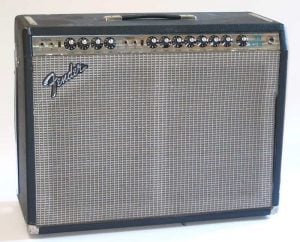
Another important aspect of Nolen’s funk guitar style was his tone. Nolen perfected a clean, trebly tone that allowed his guitar to float somewhere in between the low thump of the bass and piercing tone of the snare and hi-hat. To get here, Nolen played hollow-body jazz guitars with single-coil P-90 pickups out of a Fender Twin Reverb amp with the treble set high and the mid almost non-existent. This setup, combined with his “chickenscratch” method of playing established funk guitar in the annals of music history.
Modern Day
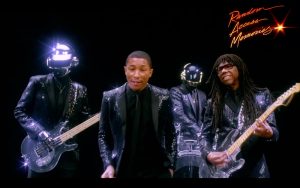
Although funk music petered out in the 80s with the popularity of synthesized music, funk did see a re-emergence in the 90s and 2000s with groups like the Red Hot Chili Peppers, Rage Against the Machine and Incubus incorporating funk rhythms and techniques into their music. Nile Rodgers began to get recognized again collaborating with artists like Daft Punk, Pharrell Williams and Lady Gaga.
Even into 2017 artists and producers like Mark Ronson and Bruno Mars continue to draw from and expand onto the canvas that is funk music. Funk music it would seem, and funk guitar along with it, are experiencing something of a revival. If you want to start getting into funk guitar here are some tips and techniques you should keep in mind:
- Kill the mids – Taking out the mids in your tone will help distinguish you from the bass, horns, keys and other instruments in the band. Instead, raise that treble high and even your bass just a little to pierce through the noise. Playing higher up the fretboard can also help keep your guitar from being drowned out by the bass and drums.
- Avoid sustain – An essential for any burgeoning funk guitarist. Sustain is your enemy. You’re not looking to lay down some screeching solos or provide a melodic backdrop. Remember, you’re trying to lay down a rhythmic groove and comp the other instruments. Keep those chords chucking along while making sure to mute the notes quickly in Nolen’s “chickenscratch” style.
- Stay clean – Distortion is great but not in this context. You want to stay as clean as possible to ensure that treble cuts through. Lots of funk guitarists use the Fender Twin Reverb or Fender Super Reverb amp to get that extra clean tone. Fender guitars like strats and teles are also popular for their more trebly sound but even the founder of funk guitar himself, Jimmy Nolen, was known to play Gibsons as well as Fenders. It all depends on your taste.
- Invest in a wah pedal – Since their debut in 1966 wah pedals have become synonymous with funk guitar. This is because of their unique ability to enhance that percussive sound without boosting the mids that muddle you up with the other instruments. A wah pedal can open up a lot of new avenues for your funk guitar style. For anyone who’s just getting started I recommend the Vox or the Dunlop Cry Baby for that original 70s wah tone.
Best Strings for Funk Guitar?
Regardless of genre, the right strings for the job can depend on a lot of variables—what’s right for one player might be totally different from what’s right for another. But that said, generally funk guitar players favor lighter strings. We would recommend trying a set of our Balanced Super Light (9-42), Balanced Super Light Plus (9.5-46) or Balanced Light (10-48) strings to get that classic “chickenscratch” snap on your own guitar.
Our Top Picks for Funk:
-
Stringjoy Signatures | Balanced Light Gauge (10-48) Nickel Wound Electric Guitar Strings
$11.90 — available on subscription SELECT OPTIONS -
Stringjoy Signatures | Balanced Super Light Plus Gauge (9.5-46) Nickel Wound Electric Guitar Strings
$11.90 — available on subscription SELECT OPTIONS -
Stringjoy Signatures | Balanced Super Light Gauge (9-42) Nickel Wound Electric Guitar Strings
$11.90 — available on subscription SELECT OPTIONS
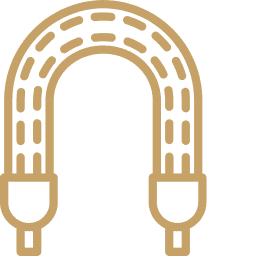

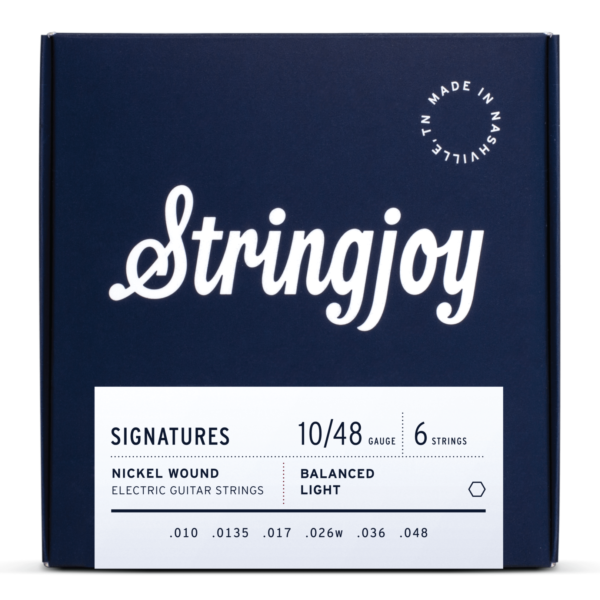
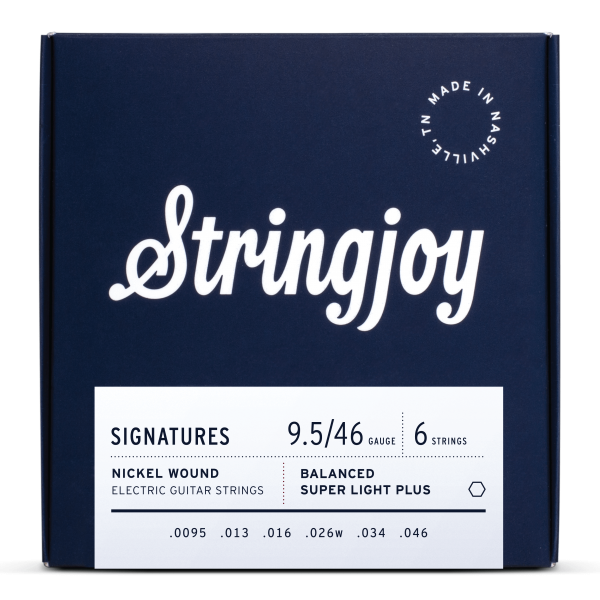
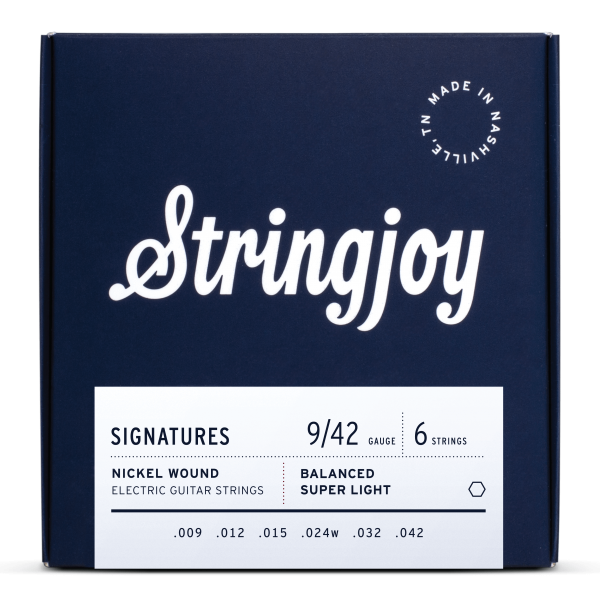
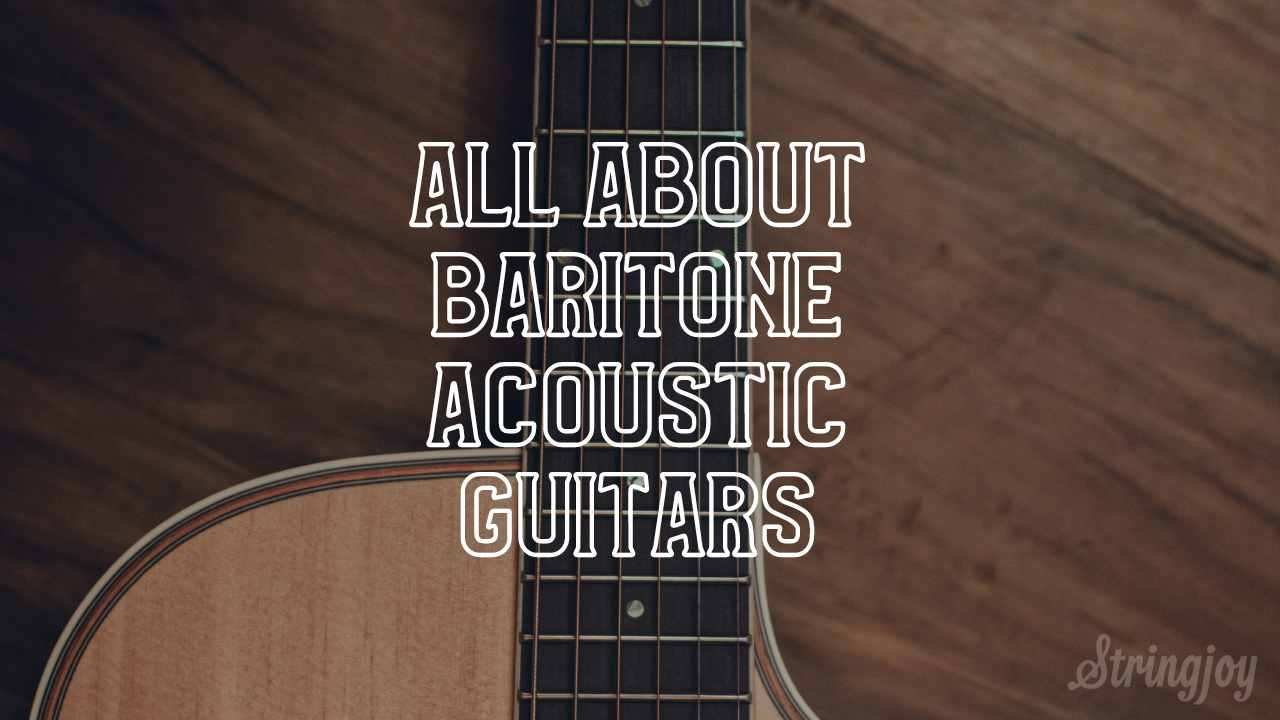
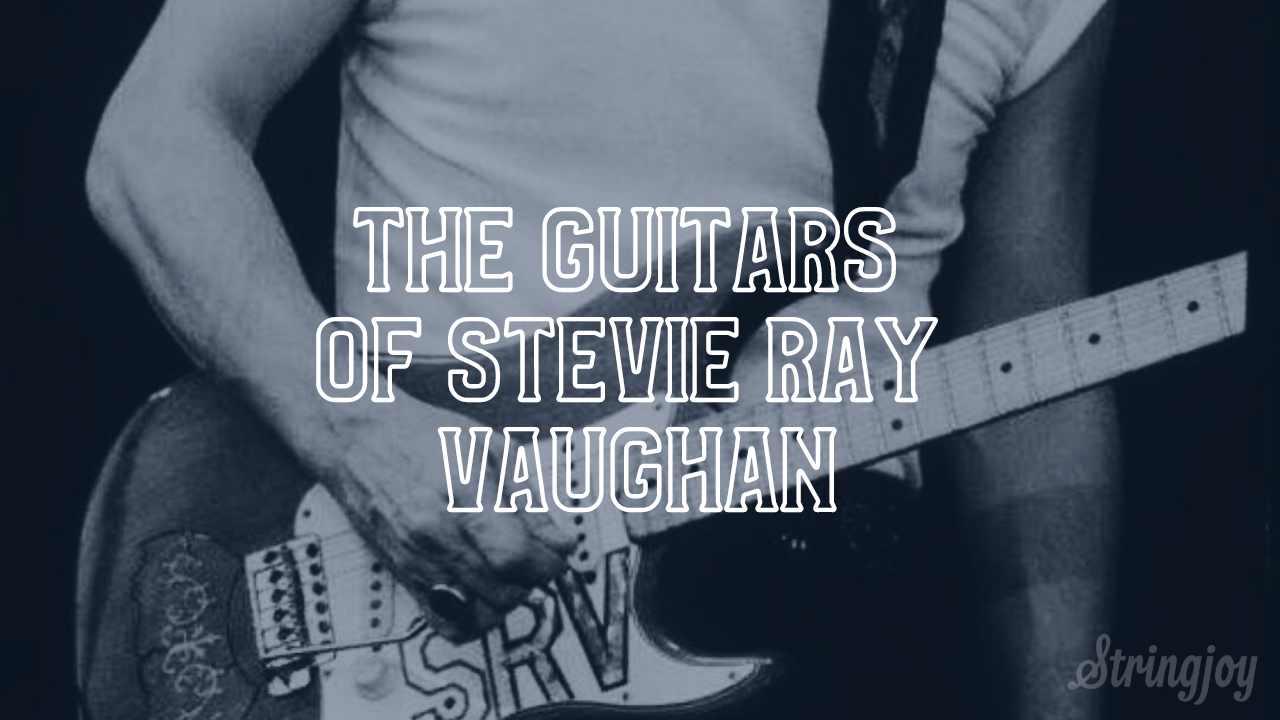
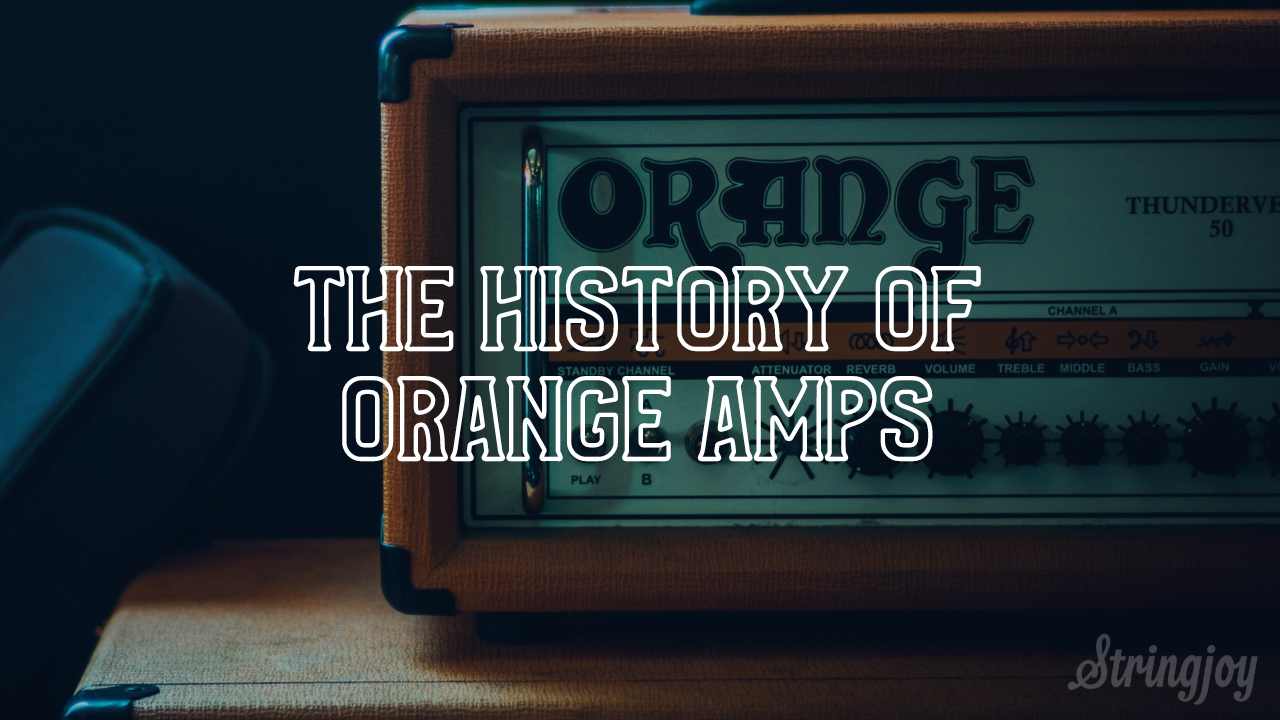
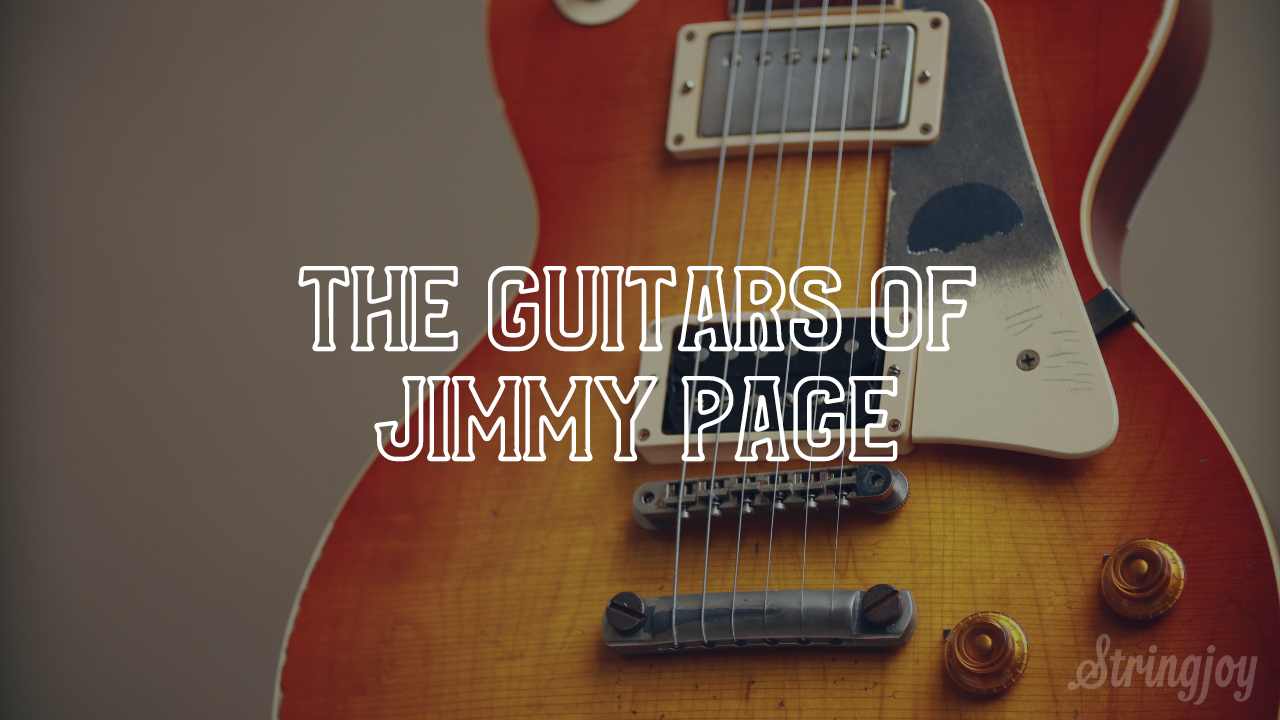
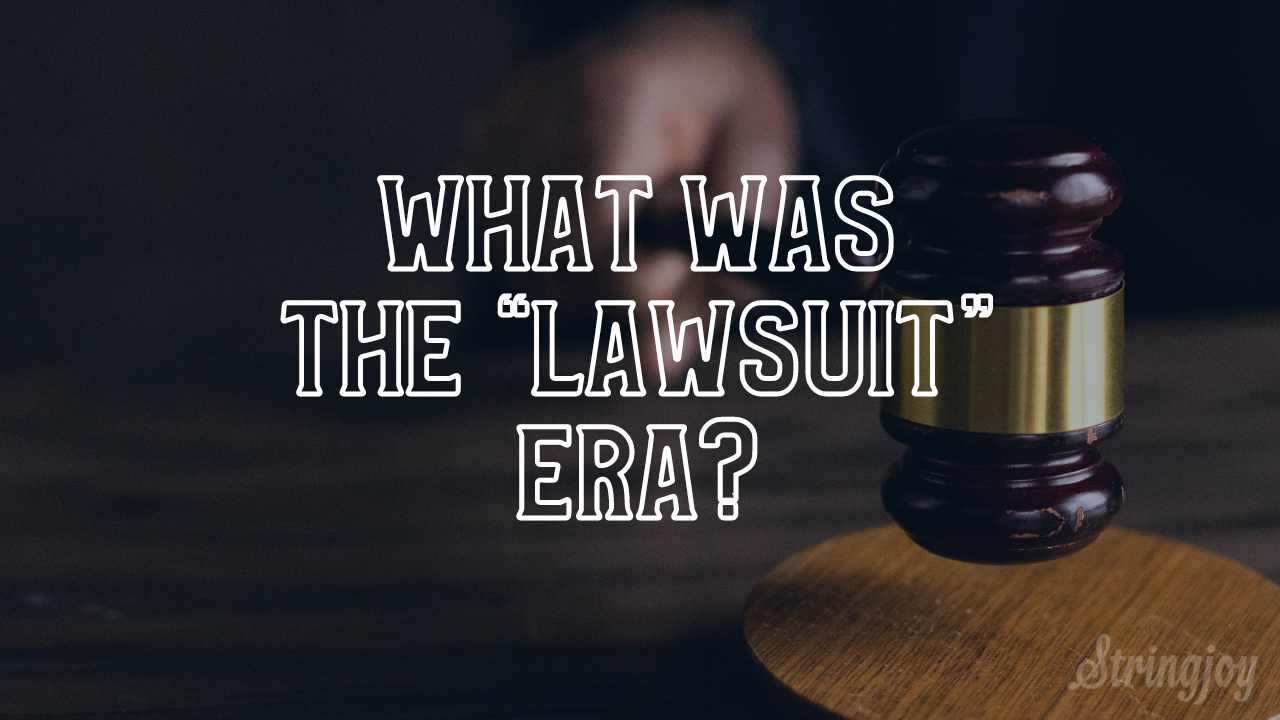
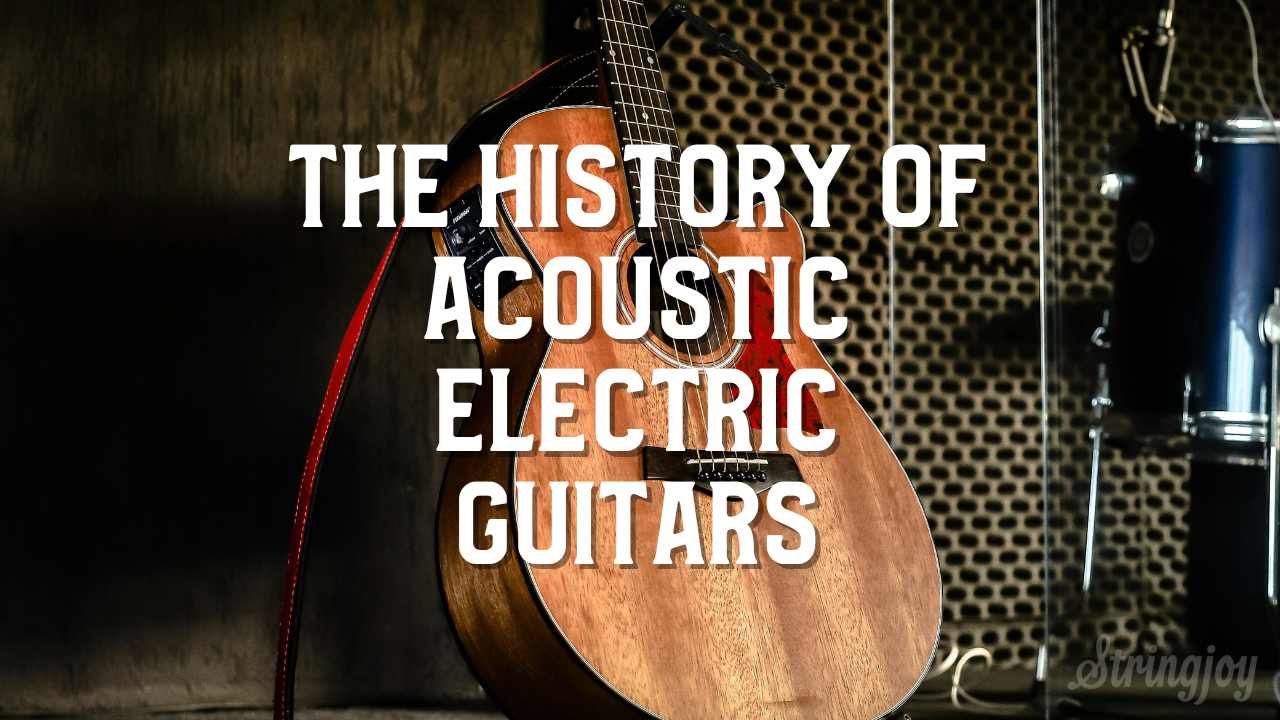
11 Responses
How do you get that funk that M. Jackson and/or The Jackson Five and/or J. Brown had on such songs as:
1. Don’t Stop ‘Til You Get Enough
2. Wanna Be Startin’ Somethin’
3. I Want You Back
4. Sex Machine
5. Papas Got A Brand New Bag
I use a VOX AC30CC2X with primarily a Gretsch Semi-Hollowbody or Fender ‘72 Telecaster Deluxe. I’m not a fan of the Wah pedal. More likely an “auto-wah” envelope filter type pedal. But I need that TONE! And it can’t just be the amplifiers settings. Anyone that can help will be greatly appreciated! God Bless!
There’s more to funk than chicken scratch a good funk guitar would be super versatile. Nobodies familiar with Eddie Hazel, Blackbird or funkadelics?
That Harleigh dude makes me sad. Music is such a fun, easy going thing and some people just want to over analyze it, make it exclusive, and police it. This article was made to help people learn about da funk… chill out
Dear god! What have we done! We included Chameleon in the Spotify playlist (but never mentioned it in the article). Now we’ve lost ALL CREDIBILITY! All my life’s work, down the drain. Can you ever forgive us Harleigh? How can we regain our dearly lost credibility — please, I’ll do anything….
Uh… you don’t mention damn near any of the tunes that are on your playlist, in your article. Not sure why you felt it was relevant to state that. My contention is that, similarly to many guitarists I’ve met and/or played with during my nearly 25 years as a professional musician, you were under the impression that the parts played on Herbie’s tune Chameleon, were performed on guitar, when in fact it was a Clavinet. Three Clavinet parts to be precise. One dry, one with wah-wah and reverb, and one muted with wah. I find it hard to believe that you would add such a tune “by mistake”. After all, with all do respect to the genius instrument that is the guitar, AIN’T NO GEETAR GONNA PLAY RHYTHMS AS DOWN RIGHT PHONKY AS A CLAVINET!!!! PERIOD. Furthermore, as stated in my previous comments, the entire album which that tune resides on, is completely devoid of guitar. In fact, Herbie’s follow up album THRUST, doesn’t have any guitar either. Just Clavinet. Now the album after that, titled MAN CHILD, has some of the funkiest guitar riffs ever laid down. Courtesy of Mr. Melvin Ragin AKA Wah Wah Watson. Jus’ sayin…
Harleigh, this is all great info, and would be a welcome addition to the discussion, if only you were able to provide it without being a jerk in the first place. Unfortunately, that’s not how it happened.
I can get down with the notion of you feeling as though I was being a jerk. My apologies as that was not my intention. Perhaps my frustration with cats who right well intentioned articles that are seemingly devoid of the essential levels of research, got the better of me. Your article, after all is well articulated and informative. However, as a player of vintage keyboards such as the Hohner D6 Clavinet, it bothers me when folks mistake it for guitar. Similarly, it bothers me when record sleeve liner notes say Clarinet when it should say Clavinet. Clearly the graphic designer setting the typeface thought Clavinet was a typo.
You lose all credibility by adding Herbie Hancock’s Chameleon to your playlist. It’s a dope tune, one of my all time favorites. However… THERE’S NO GUITAR ON IT!!!!!! What you think is guitar, is in fact a Hohner D6 Clavinet, which is a stringed keyboard instrument. The album entitled Headhunters , which is where that tune is from, doesn’t have any guitar on it. It’s all Clavinet. Do you think Stevie Wonder’s Superstition has guitar as well? Nope. Clavinet.
Was friend’s with Nile Rodgers and Tony Thompson back in New York in the early 80’s. We met at a hangout called Bernard’s which was a dive bar that catered to actors, porn actors and musicians. Had a lot of ” Good times” with those guys!
Awesome article! Extremely informative AND I fired up the Spotify playlist which really gave an extra element of the techniques described! I loved it, please write more.
Joshua Walker
Musician
Excellent article! I learned a LOT!